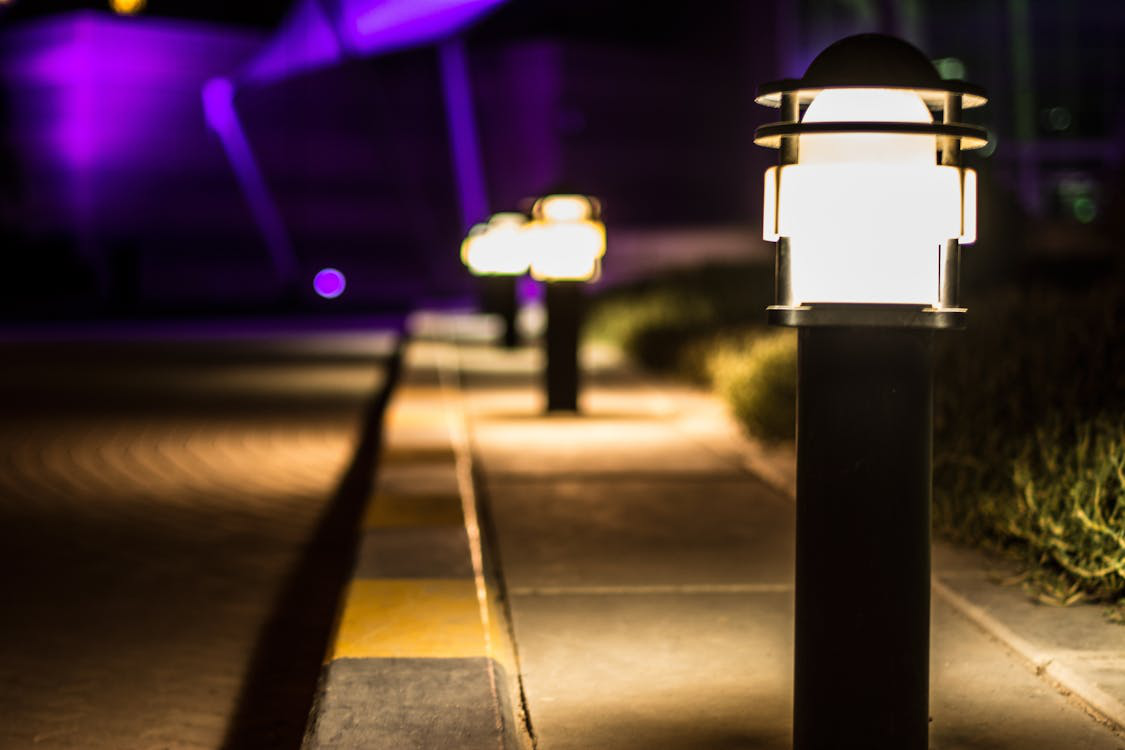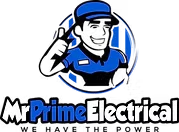Outdoor electrical projects can add incredible value and functionality to your home—whether you’re installing patio lighting, powering a hot tub, or adding outlets for convenience. However, working with electricity outside presents unique safety challenges. To avoid serious risks such as electric shock, code violations, or fire hazards, it’s crucial to plan carefully. Hiring a licensed residential electrician is one of the best ways to ensure your outdoor electrical project is completed safely and up to code. Here’s what you need to consider before getting started.
1. Assess Your Outdoor Power Needs

Begin by outlining what you want to achieve. Are you installing new lighting, an outdoor kitchen, a water feature, or simply adding weatherproof outlets? List all appliances and fixtures that require power and calculate the total load to ensure your system can handle it.
This assessment helps determine if your existing panel has enough capacity or if upgrades are needed. A residential electrician can evaluate your current electrical system and provide guidance on load requirements and safe design.
2. Understand Local Codes and Permit Requirements
Outdoor electrical work is subject to strict safety regulations. Local building codes often require permits for installations such as new circuits, buried wiring, or exterior panels. These codes also dictate things like wire type, conduit use, depth of burial, and GFCI protection.
An experienced residential electrician is familiar with these regulations and can help you secure the necessary permits while ensuring all work meets safety and code standards. Cutting corners can result in fines, failed inspections, or dangerous installations.
3. Use Weatherproof and Outdoor-Rated Materials
Not all electrical equipment is designed for outdoor use. Be sure to use weatherproof boxes, GFCI outlets, in-use covers, and outdoor-rated wiring and fixtures. Exposure to rain, sunlight, and temperature extremes can cause degradation and increase the risk of electrical failure.
A residential electrician will know exactly what materials are safe and durable for your climate and use case. They’ll also ensure everything is installed with proper sealing to keep moisture out.
4. Plan for GFCI and Proper Grounding
Ground Fault Circuit Interrupters (GFCIs) are mandatory for outdoor outlets and circuits. These devices shut off power instantly if a fault is detected, reducing the risk of electrocution.
Proper grounding is equally important, as outdoor environments increase the chances of shock hazards. Your residential electrician will make sure each component is grounded correctly and protected by a GFCI—keeping your family and property safe.
5. Avoid DIY When Safety is at Stake
While it may be tempting to run an extension cord or attempt DIY electrical work, outdoor projects are no place to cut corners. Hidden dangers like underground utilities, poor grounding, and faulty wiring can lead to injury or property damage.
Hiring a residential electrician ensures your project is completed safely, efficiently, and up to code. They’ll troubleshoot any complications before they become costly problems—and provide peace of mind that your outdoor setup is built to last.
Conclusion
Planning an outdoor electrical project safely takes more than a good idea and a few tools. From design and permitting to installation and inspection, working with a licensed residential electrician ensures your project meets safety standards and functions reliably for years to come. Whether you’re lighting up your backyard or powering a new entertainment space, smart planning and professional help are key to success.
Enjoy Safe Outdoor Lighting Installation from Mr. Prime Electrical
Trust our residential electrician in San Carlos and Burlingame teams for safe, code-compliant outdoor lighting. Serving South San Francisco and East Palo Alto with expert outdoor electrical services—call Mr. Prime Electrical today!


